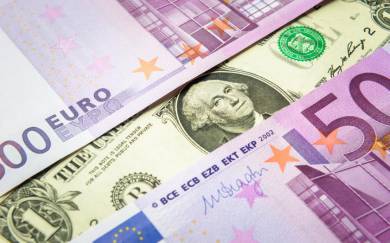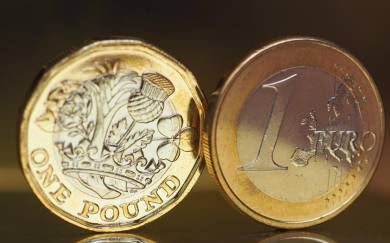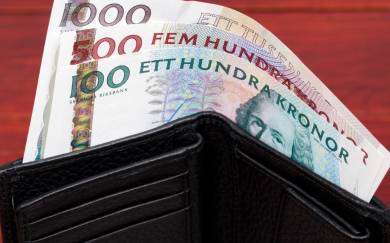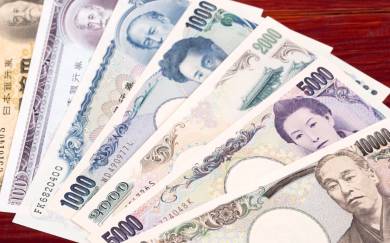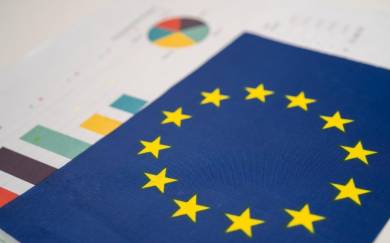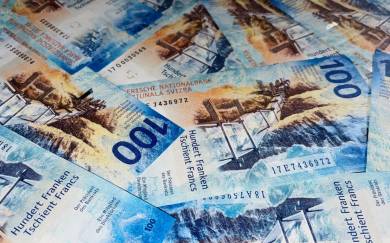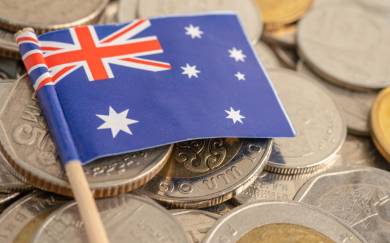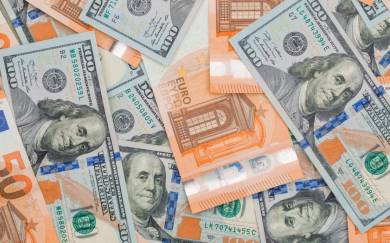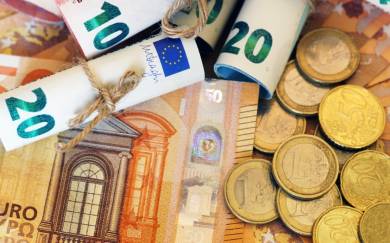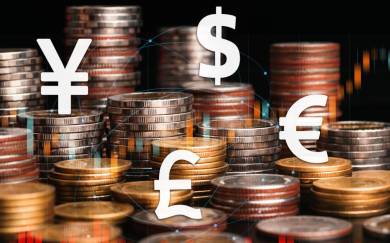The European Economy Has Demonstrated Amazing Resiliency Following The Supply Shock Of The Russian Invasion Of Ukraine

Franklin Templeton 08.03.2023 10:49
Brandywine Global: The euro area has defied expectations. What seemed a near-certain descent into an abysmal recession has not occurred. While risks still loom, recent data generally have continued to surprise positively.
A step back from the abyss
A year ago, Russia invaded Ukraine, threatening economic turmoil. Western allies, led by the United States, banded together and leveled an array of economic sanctions against Russia. An immediate threat to the eurozone was the risk of a cutoff of Russian natural gas, oil, and petroleum products on which the region had become dependent. Dire economic projections for the area followed, especially when natural gas flows from Russia were drastically reduced and European countries had to search out other, more expensive energy supplies. Forecasters warned of a deep, dark recession afflicting the continent. What happened? That economic darkness has not occurred as governments responded.
Defying the Cassandras
Europe’s dependency on cheap Russian energy would push the economy into a deep recession, or so it was assumed. Thus far, the forecasters, who had not counted on the aggressive European response to the looming economic crisis, have erred. Simply, the data have come in better than expected. That is the message in Chart 1. The eurozone surprise index has continued to move higher, as actual economic data “outperformed” the consensus of forecasters. Look no further than the Purchasing Managers’ Survey for February. February’s report puts the euro area economy in expansion territory, with a 52.3 reading, another data surprise. Various confidence measures also continue to improve.
Chart 1: Eurozone Economic Data Surprises
Index, As of February 21, 2023.
Citi Economic Surprise Indices for the eurozone and US represent the difference between official economic results and forecasts. With a sum over 0, its economic performance generally beats market expectations. With a sum below 0, its economic conditions are generally worse than expected.Sources: Brandywine Global, Macrobond (©2023). Indexes are unmanaged and one cannot directly invest in them. They do not include fees, expenses or sales charges. Past performance is not an indicator or a guarantee of future results. There is no assurance that any estimate, forecast or projection will be realized.
Most forecasters now concede the deep downturn will not materialize, but many continue to predict that a “mild” recession is not an impossibility. Consumer spending has weakened, and businesses seem unwilling to boost capital spending. The mild recession thesis relies on a developing and continuing inflation risk that forces the European Central Bank (ECB) to tighten its monetary policy further. Financial conditions are already tightening. The early stages of the Ukraine War and the reduced Russian natural gas flow pushed energy prices sharply higher, raising the stakes for higher inflation, which hit double-digit, year-over-year gains in both October and November of 2022, according to Eurostat.
The ECB has already moved the policy rate sharply higher, and one of the inflation triggers, energy prices, appears to be ebbing. The policy rate stands at 3%, with another hike expected at the upcoming March meeting. But as Chart 2 seems to indicate, the ECB could be close to the end of its tightening cycle, at least based on market expectations. That peak terminal rate is expected to occur during the middle of 2023, with the ECB pausing before beginning to lower the policy interest rate around year end. This outcome would help support the following outlook: a slower first half of the year, followed by better growth during the second half, with an expanding economy in 2024.
Chart 2: ECB Policy Rate Expected to Hit 3.5%
As of February 22, 2023. Forecast Through May 31, 2027.
Source: Macrobond (© 2023). Past performance is not an indicator or a guarantee of future results. There is no assurance that any estimate, forecast or projection will be realized.
While the core inflation rate, which excludes volatile items like food and energy, remains stubborn, the euro area headline inflation rate has already rolled over, peaking In October. Over time, the core rate should follow the headline inflation rate lower. Easing energy prices helped push the headline number lower, as well as the fiscal support provided to households and businesses, which muted the full effect on inflation. Natural gas futures peaked in late August 2022 and have plunged over 80% lower.1
Moreover, the government response to increase natural gas storage capacity also has helped drive down energy prices, particularly gas. Warmer-than-expected winter weather has allowed further additions to the natural gas inventories, putting inventories well ahead of recent winters (see Chart 3). The impetus to reduce dependence on Russian natural gas has driven European governments to seek and obtain alternative energy sources. Germany, for example, just completed its first liquefied natural gas (LNG) jetty in an amazing 194 days and is planning more of such facilities.2
Chart 3: Warm Winter Has Helped Refill Europe’s Natural Gas Inventory
Weekly Change in Storage Level (Top), Weekly Change in Percentage Points (Bottom). As of February 20, 2023.
Source: Macrobond (© 2023).
Two sides to the inflation story
The inflationary forces, however, remain a risk and could keep the ECB on its rate-rising course longer than the markets believe. Meanwhile, the central bank continues to phase out its asset purchase program. Additionally, the labor market remains tight, evidenced by the sharp drop in the unemployment rate across the continent, creating labor shortages in Europe. As a result, negotiated wages have moved higher, remaining a potential inflationary risk. The recent export ban on Russian petroleum products also could potentially stoke inflation, although Russian oil imports ended with barely a price response or a negative economic impact so far. Perhaps the embargo of Russian petroleum products will be a non-event, too.
However, a huge source of inflationary pressure appears to be deflating. Supply-side pressures are dissipating (see Chart 4), and the fall in these pressures presages a sharp melting of the area’s inflation rate, reducing the necessity of protracted ECB hawkishness. Inflation expectations remain well anchored. Wage growth, while stronger, does not appear excessive. Lastly, the euro has strengthened, but the disinflationary impact of the currency’s move higher has yet to hit the inflation rate.
Chart 4: Germany Producer Price Index (PPI) and Global Supply Forecasts
The Global Supply Chain Pressure Index (GSCPI) tracks the state of global supply chains using data from the transportation and manufacturing sectors. The Index contains 27 variables related to cross-border transportation costs, supplier delivery times, order backlogs and inventories. The Germany Producer Price Index (PPI) measures price changes of merchandise sold in the following sectors: mining and quarrying, manufacturing and energy and water supply.Source: Federal Reserve Bank of New York, Central Bank of Germany (Deutsche Bundesbank), Macrobond (© 2023). There is no assurance that any estimate, forecast or projection will be realized.
Brighter day for the euro?
The stars could be aligning for the euro as the euro area adjusts to life without cheap Russian energy and defies the bleak economic originally forecast. The euro has been in a downtrend since the Global Financial Crisis, but blink and you would have missed the currency’s performance over the last six months. By far and away, the euro has been the best-performing G-10 currency in that period, recording just over an 8% total return during that 6-month period.
One negative force suppressing the euro has been the disappointing economic growth differential between the US and the euro area. Over extended periods of time, US economic growth has dwarfed that of the eurozone (see Chart 5). Superior growth prospects supported the US and the US dollar. If the euro area is to experience an appreciating currency, it will have to offer a better pace of growth—and that remains to be seen. Improving business investment trends would help as well as the continued investment in alternative sources of energy, which promise a tremendous deployment of capital. Europe is besting its renewable targets already, and Germany plans to generate 100% of its energy needs from renewable sources by 2035, for example. Accelerating its spending of next-generation energy funds could help the eurozone improve its cyclical growth differential and its potential growth path.
Chart 5: GDP Growth Differential
US Less Euro Area, Percent. As of October 1, 2022.
Sources: Brandywine Global, Macrobond (© 2023).
The improving total return for the euro shows growing investor interest in the region (see Chart 6). While it has not yet reversed its long-term downtrend, the currency, after flirting with sub-parity recently, has rallied. Can its appreciation continue, cyclically if not structurally? Some improvement in its fundamental drivers needs to occur to drive further appreciation. Chart 6 indicates traders have covered their short positions, and their net positioning in the euro has turned positive, a potential sign of further expected currency appreciation. US dollar weakness could help.
Chart 6: Euro Performance and Net Speculative Trader Positions
EUR/USD (Top), Net Speculative Positions (Percent of Operating Income), As of February 15, 2023.
Sources: Commodity Futures Trading Commission (CFTC), Macrobond, Brandywine Global (© 2023).
The energy story had been a negative for the currency. The euro area’s net trade surplus turned to a deficit, and its current account shifted from years of accumulating surpluses to a deficit as well. That put depreciatory pressure on the euro. This external deterioration, however, resulted from rising energy prices, which raised the cost of these imports. The reversal of those energy increases should put trade and the current account back into surpluses, and Chart 7 shows the earlier stage of the current account deficit reversing. The improving energy price outlook is necessary but not sufficient though. Tourism should be a growth contributor as travelers seek to take advantage of a still-cheap euro. A rebound in global growth is needed to spark European export growth, and this improvement may be in the offing. After ending its restrictive zero-COVID policy, China is now in the initial stages of stimulating its economy. A rebound in Chinese growth and demand will be critical to trade improvement in the euro area, especially in Germany.
Chart 7: Euro Area 19: Current Account Balance
Percent of GDP, 3-Month Moving Average, Seasonally Adjusted. As of December 1, 2022.
Sources: Brandywine Global, Macrobond, ECB (© 2023). Past performance is not an indicator or a guarantee of future results. There is no assurance that any estimate, forecast or projection will be realized.
Capital flows into the euro area could be another source of demand for the currency. The change in the ECB’s monetary stance has pushed interest rates higher, making the area’s bonds more attractive to both foreign and domestic investors (see Chart 8). Asset attractiveness is not limited to the area’s bonds. Equity markets have started to draw investor interest, too. The EURO STOXX 50, an index composed of 50 stocks from 11 eurozone countries,3 has gained around 30% from its low at the end of September 2022, compared to a pedestrian 10% by the S&P 500. European bank stocks, measured by the EURO STOXX Banks Index, did even better, advancing 47% from that September low compared to 16% for US bank stocks, based on the S&P 500 Banks Industry Group Index,4 for the same time period. Forward-looking indicators, like equities and confidence measures, could be tilting favorably toward the euro.
Chart 8: US vs. German Real 10-Year Government Bond Yields
Percent. As of February 20, 2023.
Sources: Brandywine Global, Macrobond, US Department of Treasury, Deutsche Bundesbank, Bureau of Labor Statistics (© 2023).
Finally, there is a structural catalyst for the currency, too. Following years of accumulating current account surpluses, the euro area now has established a positive net international investment position (see Chart 9). Like Japan, the euro area has become a net global creditor, a supplier of credit to the world. That capital flow generates income, and that income finds its way back into the euro area, boosting the country’s primary income. That income, converted to euros, creates a demand for the currency and the potential for it to appreciate. It is still early, but forces could be turning in favor of the euro.
Exhibit 9: Euro Area 19: Net International Investment Position
Percent of GDP. As of July 1, 2022.
Sources: Brandywine Global, Macrobond, ECB (© 2023).
Conclusions
Despite the odds, the euro area appears to have avoided a recession. The European economy has demonstrated amazing resiliency following the supply shock of the Russian invasion of Ukraine. The rising cost of energy forced aggressive adjustments to be made, setting the area on a path away from Russian energy dependency. An important source of support came from the governments that created programs to insulate households and businesses and encourage conservation.
An unwelcome by-product of the war and rising energy prices has been the acceleration of inflation. The ECB, an inflation-targeting central bank, has a set goal of achieving a 2% inflation rate. The inflation rate, while recently dropping, remains at an uncomfortable 8.6%, as of January 2023, according to Eurostat. Labor market tightness remains an issue. However, supply chain pressures are lessening, which should help ease inflationary pressures along with the drop in energy prices. The ECB should be able to throttle back its hawkish policy.
The euro could be setting the stage for additional appreciation. The currency has demonstrated recent firming, as trader short positions have been covered. Investors appear to have become more interested in European equities, especially bank stocks. The euro area’s current account should continue to improve, helped by improving global growth led by China’s return. The area’s net international investment position should grow, providing support to the euro.
Do not ignore risks, however. The eurozone still faces a daunting array of risks. The war in Ukraine is likely to continue, and Western resolve could face a severe test. Another energy crisis cannot be ruled out as the eurozone moves further and further away from Russia. The ECB could become much more hawkish and enter a longer period of monetary tightening. Money supply growth has already decelerated sharply. Finally, environmental, sustainability and governance (ESG) risks should be factored into the equation. France faces protests over President Macron’s plan to raise the retirement age and stabilize the pension, with its budgetary implications. Additionally, the outcome of Spain’s upcoming election could drive future economic reforms. These risks should not be ignored.
Facing what seemed a near-certain descent into an abysmal recession, the euro area has defied expectations through a combination of luck, grit, and concerted policy efforts. While significant uncertainties and risks still loom, and it is still early days for some nascent trends, recent data generally continue to surprise positively.
Endnotes
Source: Bloomberg, “European Gas Is Stuck in Storage After Prices Sank From Peak,” February 12, 2023.
Source: EnergyWatch, “Germany's first LNG import terminal completed,” November 16, 2022.
The EURO STOXX Banks Index is a capitalization-weighted index that includes countries that are participating in the European Monetary Union and are involved in the banking sector.
The S&P 500 Banks Industry Group Index is a capitalization-weighted index based on the Global Industry Classification Standard (GICS) Level 2 Industry Group for banks.
WHAT ARE THE RISKS?
Past performance is no guarantee of future results. Please note that an investor cannot invest directly in an index. Unmanaged index returns do not reflect any fees, expenses or sales charges.
Equity securities are subject to price fluctuation and possible loss of principal. Fixed-income securities involve interest rate, credit, inflation and reinvestment risks; and possible loss of principal. As interest rates rise, the value of fixed income securities falls. International investments are subject to special risks including currency fluctuations, social, economic and political uncertainties, which could increase volatility. These risks are magnified in emerging markets. Commodities and currencies contain heightened risk that include market, political, regulatory, and natural conditions and may not be suitable for all investors.
U.S. Treasuries are direct debt obligations issued and backed by the “full faith and credit” of the U.S. government. The U.S. government guarantees the principal and interest payments on U.S. Treasuries when the securities are held to maturity. Unlike U.S. Treasuries, debt securities issued by the federal agencies and instrumentalities and related investments may or may not be backed by the full faith and credit of the U.S. government. Even when the U.S. government guarantees principal and interest payments on securities, this guarantee does not apply to losses resulting from declines in the market value of these securities.
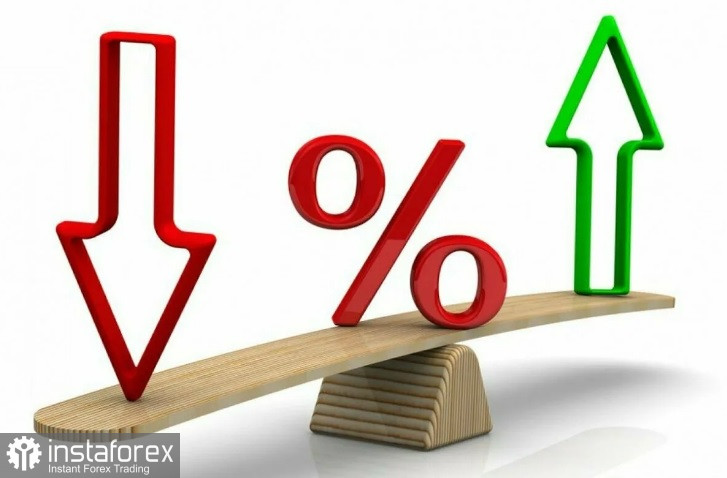


 InstaForex Analysis 23.10.2022 09:57
InstaForex Analysis 23.10.2022 09:57

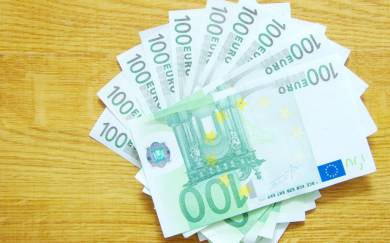
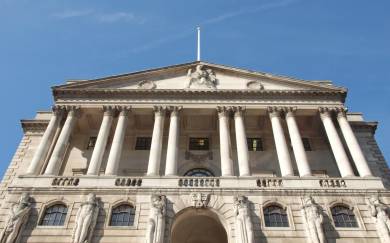
 TeleTrade Comments 10.11.2022 09:51
TeleTrade Comments 10.11.2022 09:51

 Kamila Szypuła 10.11.2022 11:30
Kamila Szypuła 10.11.2022 11:30

 ING Economics 10.11.2022 13:19
ING Economics 10.11.2022 13:19


 Craig Erlam 12.11.2022 08:29
Craig Erlam 12.11.2022 08:29





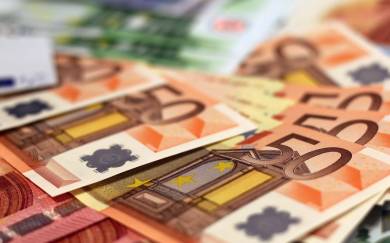
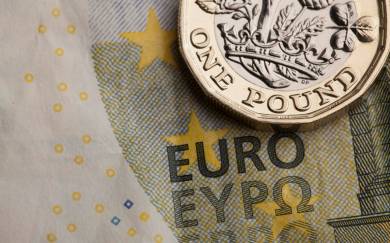






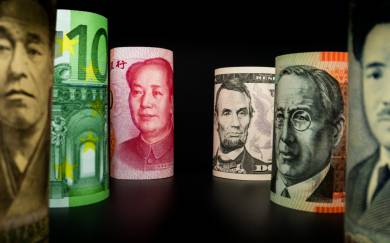
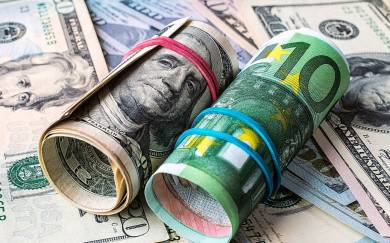




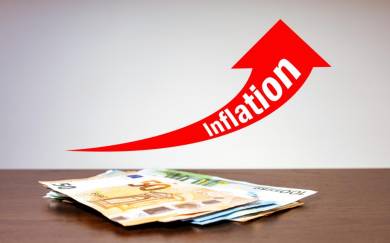



 Saxo Bank 21.11.2022 09:30
Saxo Bank 21.11.2022 09:30







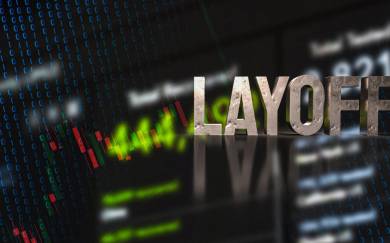


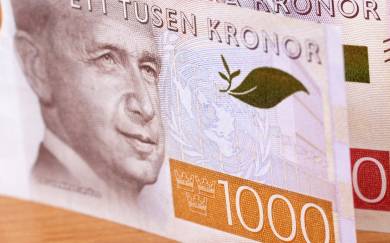


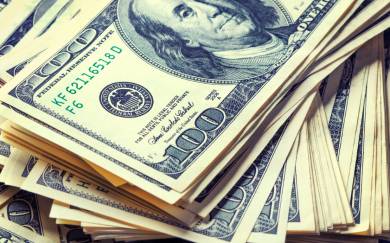

 Conotoxia Comments 25.11.2022 11:10
Conotoxia Comments 25.11.2022 11:10
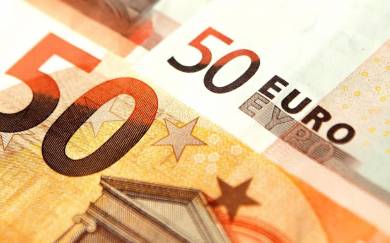
 Kenny Fisher 25.11.2022 14:32
Kenny Fisher 25.11.2022 14:32
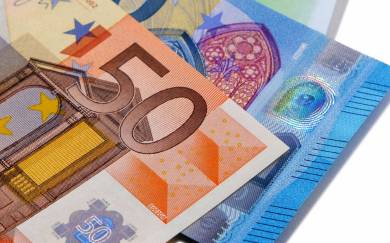
























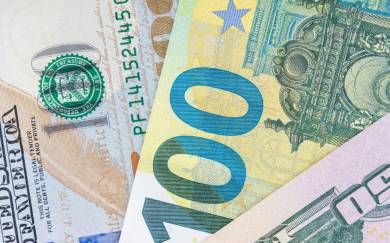
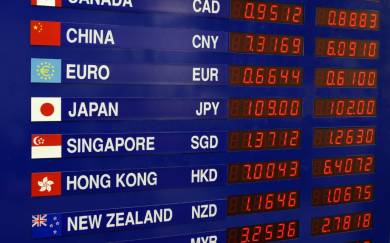
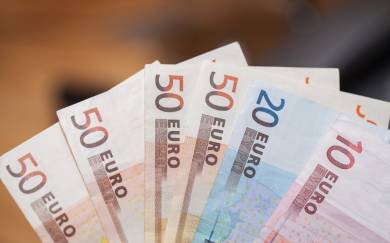
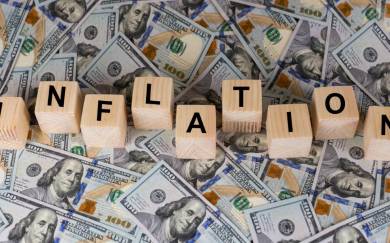



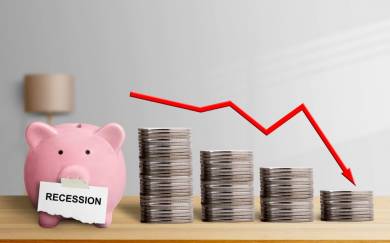










 Peter Jacimovic 19.12.2022 10:29
Peter Jacimovic 19.12.2022 10:29









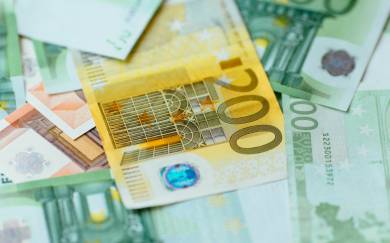





 Jakub Novak 13.01.2023 12:00
Jakub Novak 13.01.2023 12:00
 Franklin Templeton 14.01.2023 09:42
Franklin Templeton 14.01.2023 09:42



 Paolo Greco 18.01.2023 08:23
Paolo Greco 18.01.2023 08:23













 Michael Hewson 23.01.2023 10:16
Michael Hewson 23.01.2023 10:16
 Ipek Ozkardeskaya 23.01.2023 10:20
Ipek Ozkardeskaya 23.01.2023 10:20



 Marek Petkovich 24.01.2023 15:14
Marek Petkovich 24.01.2023 15:14




 Ed Moya 28.01.2023 09:30
Ed Moya 28.01.2023 09:30





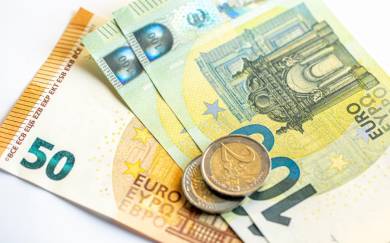








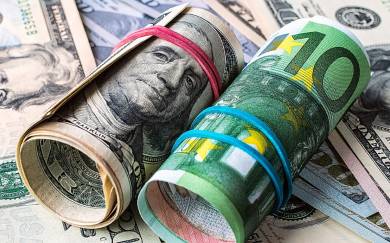




 Roman Ziruk 28.01.2023 09:57
Roman Ziruk 28.01.2023 09:57



